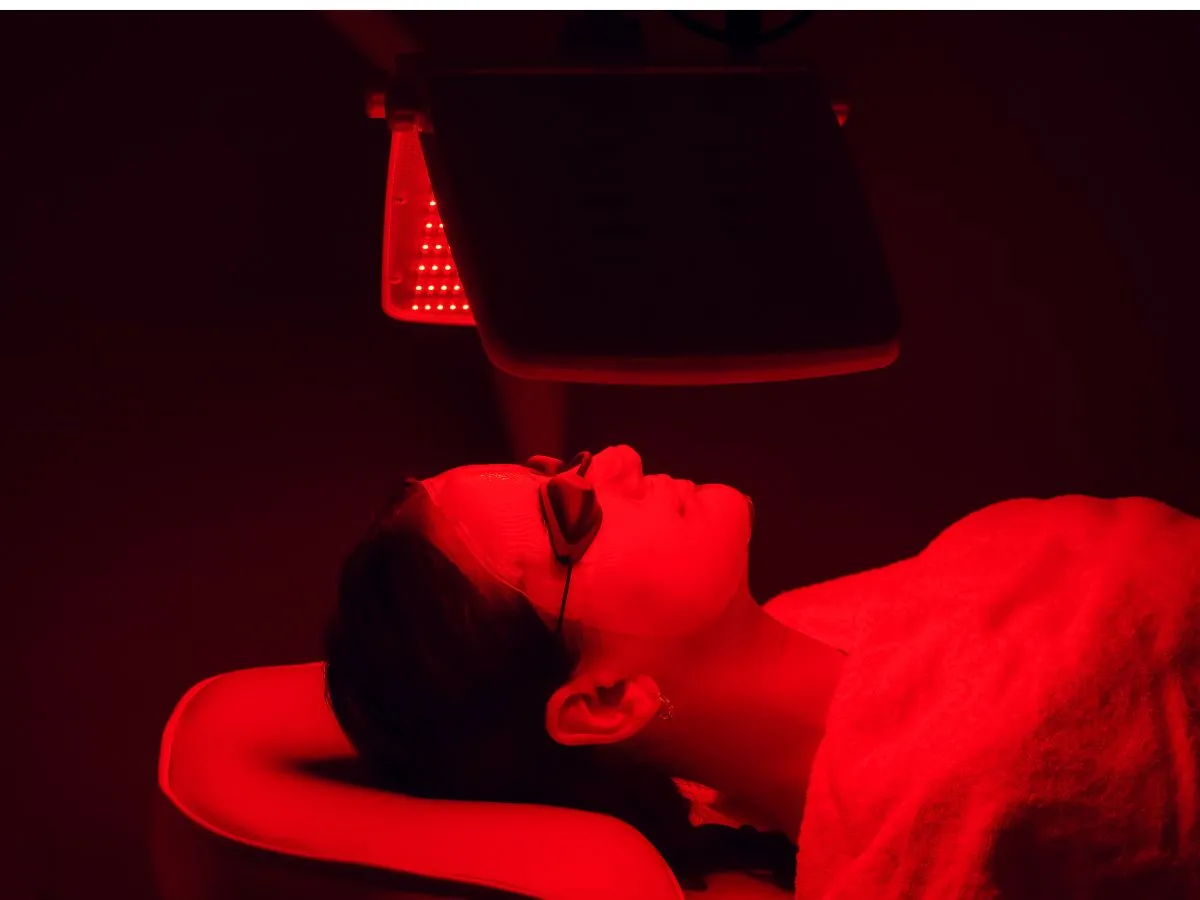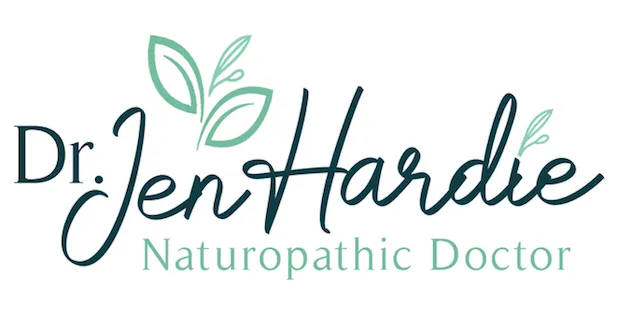The Health Benefits of Red Light Therapy
In our quest for optimal health and well-being, we often seek out innovative approaches that harness the power of science and technology. Among these cutting-edge modalities, red light therapy shines brightly as a promising tool for enhancing physical vitality, mental clarity, and overall vitality. This blog post aims to shed light on the multifaceted benefits of red light therapy, illuminating its potential to rejuvenate, heal, and invigorate the body from the inside out.
Understanding Red Light Therapy:
Red light therapy, also known as low-level laser therapy (LLLT) or photobiomodulation (PBM), involves exposure to low levels of red or near-infrared light. This non-invasive treatment penetrates the skin to stimulate cellular energy production, leading to a cascade of positive physiological responses. Unlike ultraviolet (UV) light, which can be harmful in excessive doses, red light therapy harnesses wavelengths that are safe and beneficial for human health.
1. Promotes Skin Health and Rejuvenation:
One of the most well-known benefits of red light therapy is its ability to promote skin health and rejuvenation. By penetrating deep into the skin, red and near-infrared wavelengths stimulate the production of collagen and elastin, two essential proteins that maintain skin structure and elasticity. This leads to a reduction in fine lines, wrinkles, and age spots, resulting in smoother, more radiant skin. Additionally, red light therapy can help alleviate skin conditions such as acne, eczema, and psoriasis by reducing inflammation and promoting tissue repair.
2. Accelerates Wound Healing and Tissue Repair:
The regenerative effects of red light therapy extend beyond cosmetic enhancements to encompass accelerated wound healing and tissue repair. By enhancing cellular metabolism and increasing blood flow to injured tissues, red and near-infrared light promote the formation of new blood vessels and the proliferation of fibroblasts, specialized cells involved in wound healing. Studies have shown that red light therapy can significantly reduce healing time for wounds, cuts, and surgical incisions, making it a valuable adjunct to conventional medical treatments.
3. Alleviates Pain and Inflammation:
Chronic pain and inflammation can significantly impact quality of life, often leading individuals to seek out relief through medications or invasive procedures. Red light therapy offers a non-pharmacological, non-invasive alternative for managing pain and inflammation. By modulating inflammatory pathways and promoting the release of endogenous opioids, red and near-infrared light can provide relief from conditions such as arthritis, fibromyalgia, and sports injuries. Additionally, red light therapy has been shown to improve joint function and reduce stiffness, enhancing mobility and range of motion.
4. Supports Muscle Recovery and Performance:
Athletes and fitness enthusiasts alike are turning to red light therapy to support muscle recovery and enhance athletic performance. Following intense exercise, muscles undergo microtrauma and inflammation, leading to soreness and fatigue. Red and near-infrared light therapy can accelerate the repair of damaged muscle fibres, reduce oxidative stress, and decrease inflammation, allowing for faster recovery between workouts. Moreover, red light therapy has been shown to increase muscle strength and endurance, making it a valuable tool for optimizing athletic performance.
5. Improves Cognitive Function and Mental Well-being:
Beyond its physical benefits, red light therapy has shown promise in improving cognitive function and mental well-being. The brain is highly metabolic and requires ample energy to function optimally. Red and near-infrared light therapy can enhance cerebral blood flow, increase oxygenation, and promote the production of neurotransmitters involved in mood regulation and cognitive function. Preliminary studies suggest that red light therapy may have therapeutic potential for conditions such as depression, anxiety, and cognitive decline associated with aging.
6. Enhances Sleep Quality and Circadian Rhythms:
Sleep plays a vital role in overall health and vitality, yet many individuals struggle with insomnia and disrupted sleep patterns. Red light therapy may offer a natural solution for improving sleep quality and regulating circadian rhythms. Exposure to red and near-infrared light in the evening can help suppress the production of melatonin, the hormone that regulates sleep-wake cycles, leading to better sleep onset and duration. Conversely, morning exposure to red light can help synchronize circadian rhythms and promote wakefulness, providing a gentle yet effective way to optimize sleep patterns.
In a world where technology and innovation abound, red light therapy stands out for those seeking holistic approaches to health and wellness. From promoting skin health and accelerating wound healing to alleviating pain and enhancing cognitive function, the benefits of red light therapy are vast and transformative. Whether you're looking to rejuvenate your skin, improve your sleep, recover from injury, or enhance your overall vitality, red light therapy offers a safe, non-invasive, and scientifically backed solution. So, bask in the glow of red light therapy and illuminate your path to radiant health and well-being.
To embark on your path to wellness with Dr. Jen Hardie, ND, please click here. We look forward to assisting you in your health journey.
In Health,
Dr. Jen Hardie
Naturopathic Doctor
[Disclaimer: The information provided in this blog post is for educational purposes only and should not be construed as medical advice. Consult with a qualified healthcare professional before making any changes to your health regimen.]
